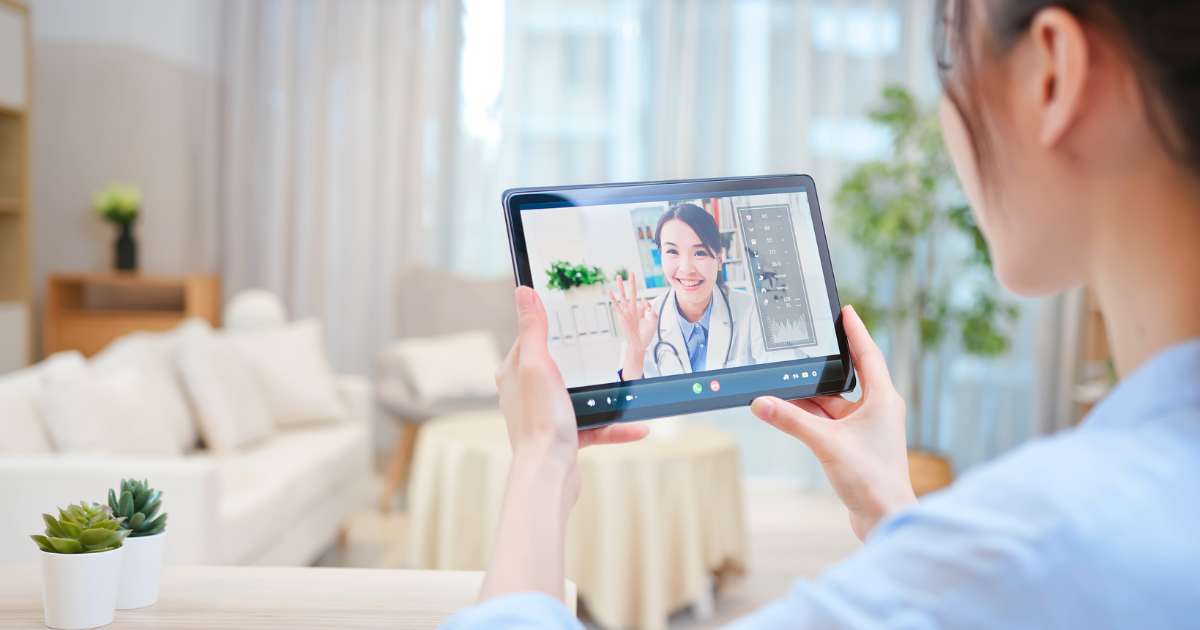During the height of the pandemic, 80% of outpatient visits in the U.S. were conducted via telehealth. Although that number has significantly decreased, we should keep sight of the benefits telehealth video conferencing can provide throughout the healthcare ecosystem. Telehealth in healthcare improves the timeliness of care, reduces costs, expands access to care for underserved populations, and enhances patient satisfaction, to name a few. The best way to leverage telehealth video conferencing technology is to identify opportunities for improvement within specific hospital departments. The following departments are suitable places to begin.
Telehealth in Key Healthcare Departments
Emergency Department
Use telehealth for initial patient evaluation and triage, reducing unnecessary ED visits and focusing resources on more acute cases.
30% of ED visits are for nonemergent care, costing approximately annually.
With high-quality telehealth video conferencing technology, clinicians can quickly and efficiently evaluate and triage patients from any location before they are admitted to the emergency department. This enables clinicians to redirect low-acuity patients to more appropriate care settings depending on their condition.
Acute Care
Implement virtual ICUs and bedside carts with telehealth tools for continuous remote monitoring and rapid intervention.
With telehealth video conferencing technology providers can facilitate more effective multi-specialty, multidisciplinary clinical collaborations at the patient’s bedside. It also allows for remote observation with fewer clinical resources.
Ambulatory Care
Extend care to rural and underserved areas, improving accessibility and efficiency in managing chronic conditions and reducing the need for emergency care. By leveraging telehealth video conferencing technology, ambulatory providers can reach more patients in underserved areas without adding additional staff.
Forty-six million Americans live in rural areas, but there are for each of those individuals.
Post-Acute Care
Facilitate regular post-discharge check-ins to enhance recovery and prevent readmissions. Providers can regularly meet with post-discharge patients via telehealth conferencing to assess their progress. If issues are detected, they can be quickly addressed so patients can continue their recovery. Telehealth in healthcare enhances the patient experience, improves outcomes, and reduces avoidable costs.
Physical Therapy
Increase care plan adherence by offering remote therapy sessions, providing flexibility and convenience to patients. Patients appreciate participating in their PT sessions in the privacy of their homes without having to travel to the clinic. While some may wish to make all their appointments virtual, others may choose a more hybrid model.
Behavioral Health
By implementing telehealth in healthcare plans for behavioral health, providers can improve access and maintain confidentiality by offering remote consultations, which are crucial for mental health treatments. According to the National Institute of Mental Health, there are more than 50 million adults in the U.S. living with a mental illness, fewer than half of which receive treatment.
Providers can effectively assess, triage, and diagnose a patient’s condition with high-quality audio and visual equipment. This ensures that patients get on the right treatment plan quickly.
Get Started with Vidyo’s Telehealth in Healthcare Departments
Emphasize how telehealth, particularly VidyoHealth solutions, can revolutionize healthcare delivery across various departments. Highlight VidyoHealth’s flexibility, scalability, and ease of integration with clinical workflows, making it an essential tool in modern healthcare.
